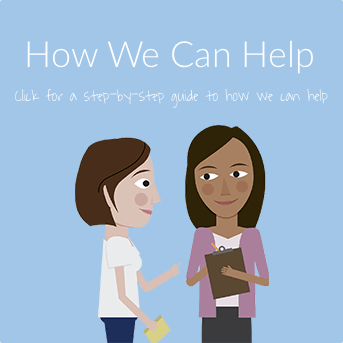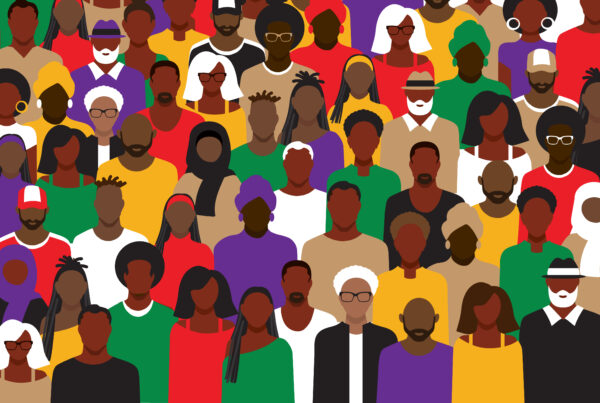How Learn to Live Delivers CBT: Part 7
Should we teach mindfulness skills in our programs? We talked about this several years ago when I was writing the initial content for our first program for Social Anxiety. At that time, there was not enough research to support using mindfulness. But soon research on mindfulness began to emerge. Within a few years, there was enough research to show it helps. So we were happy to add it.
Nowadays, mindfulness is seen as the third wave of CBT. The first wave was behavioral strategies like facing fears. Then cognitive strategies were introduced in the 1960s, 70s, and 80s. Now I make sure we include all three waves in our programs, since all help.
Mindfulness is based on this idea: We can let worrying thoughts and feelings come and go. We can allow our physical sensations and our impulses to act just come and go. We don’t have to fight them. This is different from trying to change thoughts, relax tense muscles, or get active to feel better. With mindfulness, we treat thoughts and feelings like background noise. We let them come and go instead of fixing them. Then we each focus on what we truly care about and being the person we want to be.
We use mindfulness in several programs. For example, we have a strategy called “present awareness.” With nervousness, I might think things will be terrible and feel anxious. I want to stop feeling nervous. With present awareness, it’s alright to feel anxious and have nervous thoughts for a bit. I let the anxious feelings come and go instead of fixing them. Then I focus on what I really wish to do. SO I find myself less consumed by my thoughts and feelings.
We also include other mindfulness-based strategies in our programs. An example is “crave riding” in our substance use program. It provides a strategy for dealing with the cravings that almost always go with dealing with substance challenges.
For some people it’s helpful to think of a word picture—it’s like you’re on a boat, and on that boat is a barrel. And out of the barrel comes all kinds of troubling noises. Those noises represent all the sensations, impulses, emotions, and thoughts we all face. And we can do all kinds of things to try to get rid of the barrel or race to various destinations to settle all the troubles from the barrel. But all that keeps us from going where we really want to go. So, we can decide to let the barrel make its noise and have its drama and we simply point that boat to where we want to go.
The response from our members has been almost unanimous. By including these mindfulness-based strategies of CBT, people are getting more help in finding solutions that are the best fit for them. And that’s gratifying. Maybe we can help you catch the third wave.




